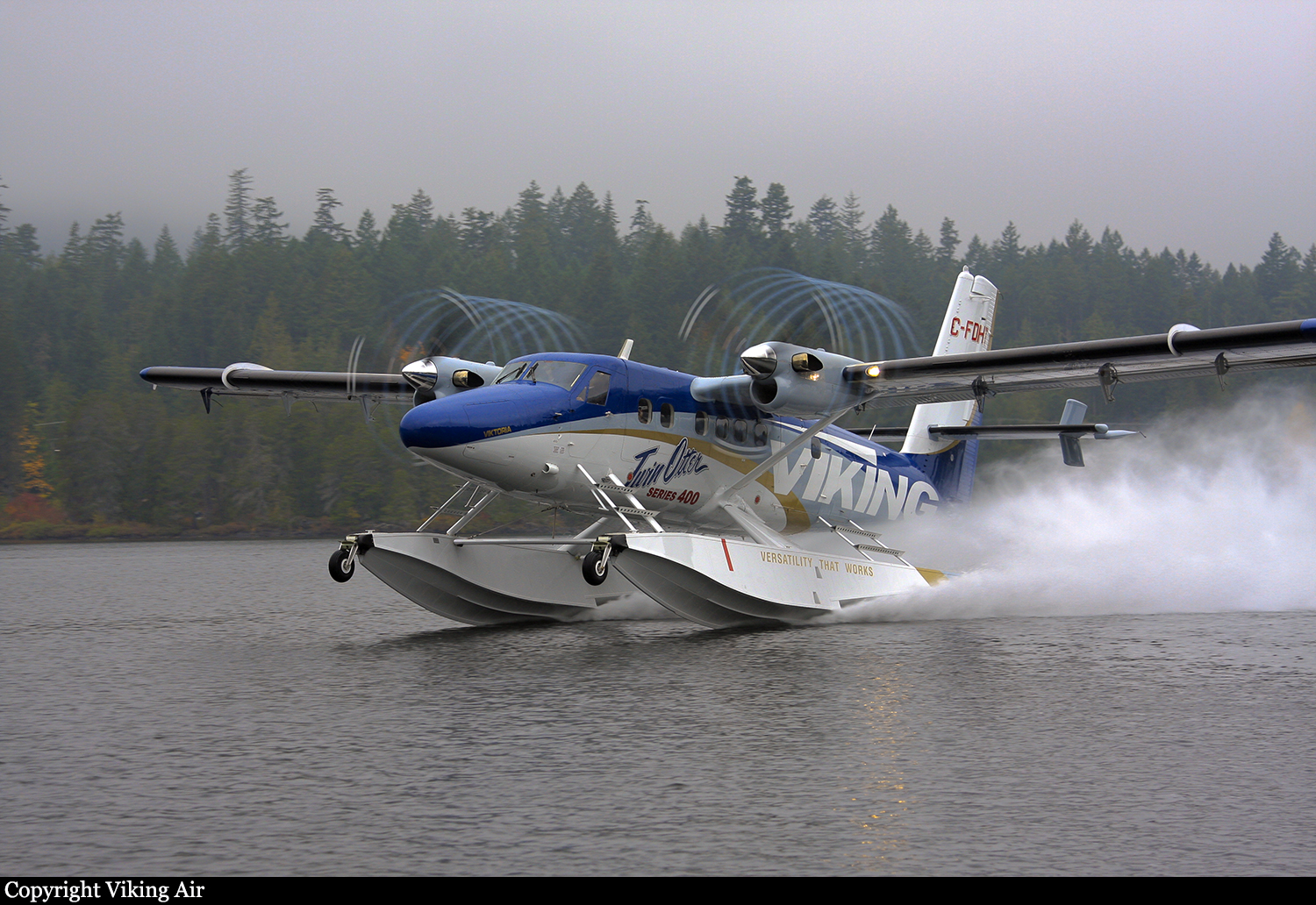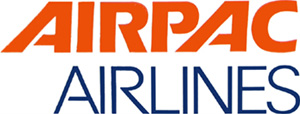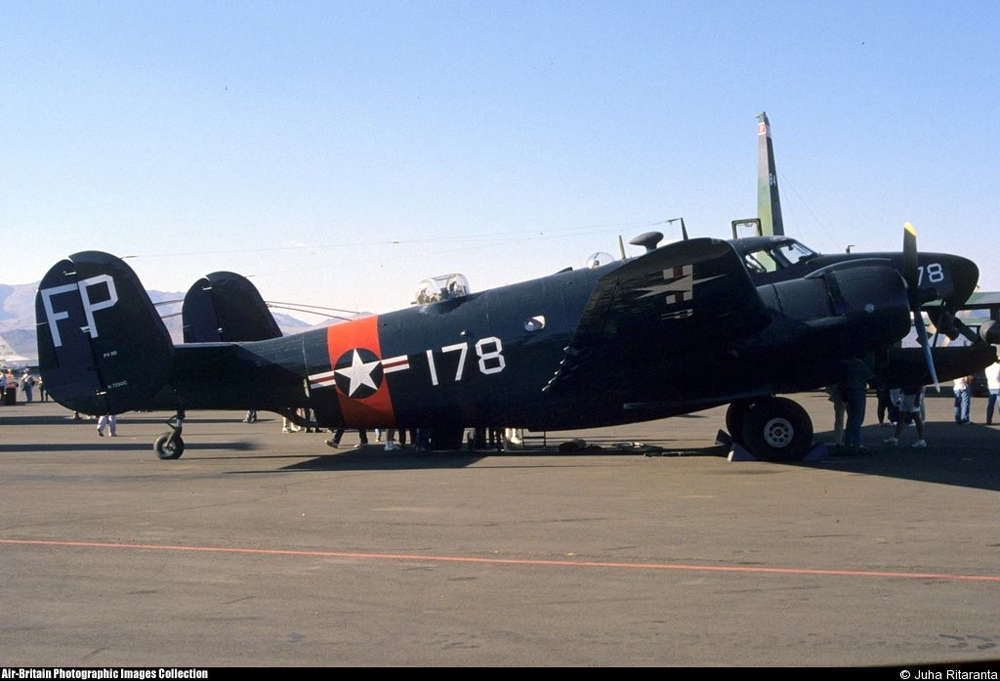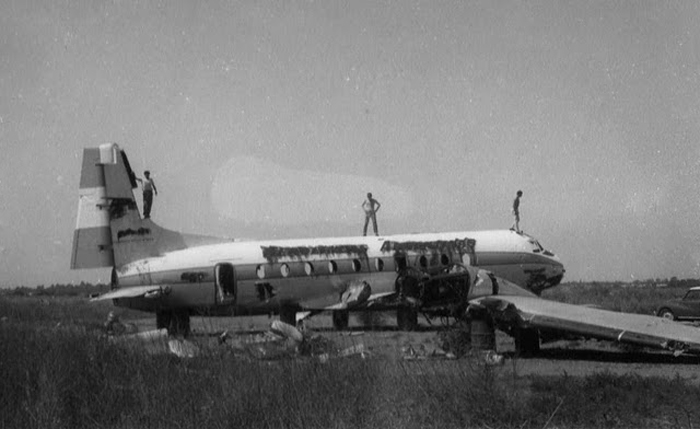Crash of a Viking Air DHC-6 Twin Otter 400 off Half Moon Bay: 2 killed
Date & Time:
May 20, 2023 at 1415 LT
Registration:
N153QS
Survivors:
No
Schedule:
Santa Rosa - Honolulu
MSN:
869
YOM:
2013
Crew on board:
2
Crew fatalities:
Pax on board:
0
Pax fatalities:
Other fatalities:
Total fatalities:
2
Circumstances:
The airplane departed Santa Rosa-Sonoma County Airport on a ferry flight to Honolulu, carrying two pilots. It crashed in unknown circumstances into the Pacific Ocean some 54 km west of Half Moon Bay. No trace of the aircraft or the crew was found.







